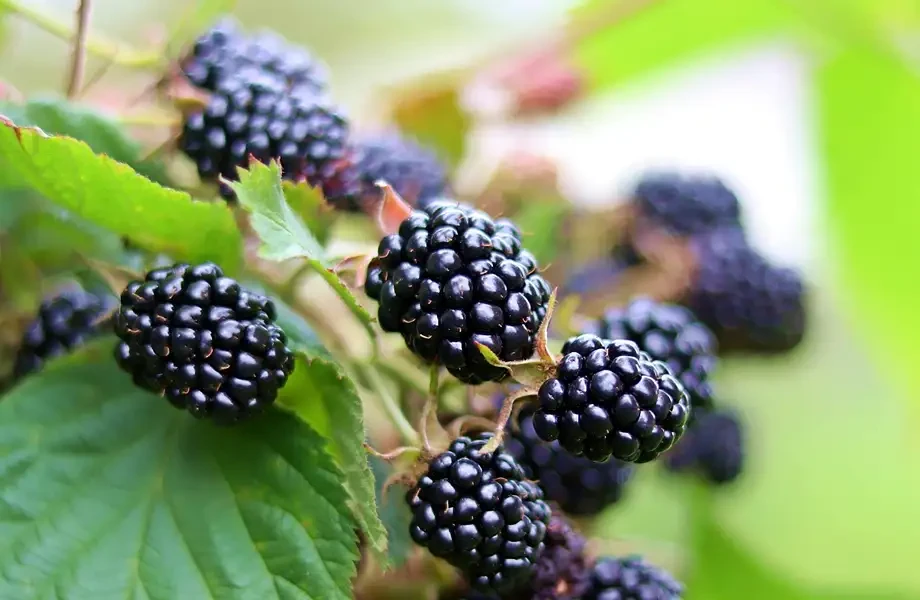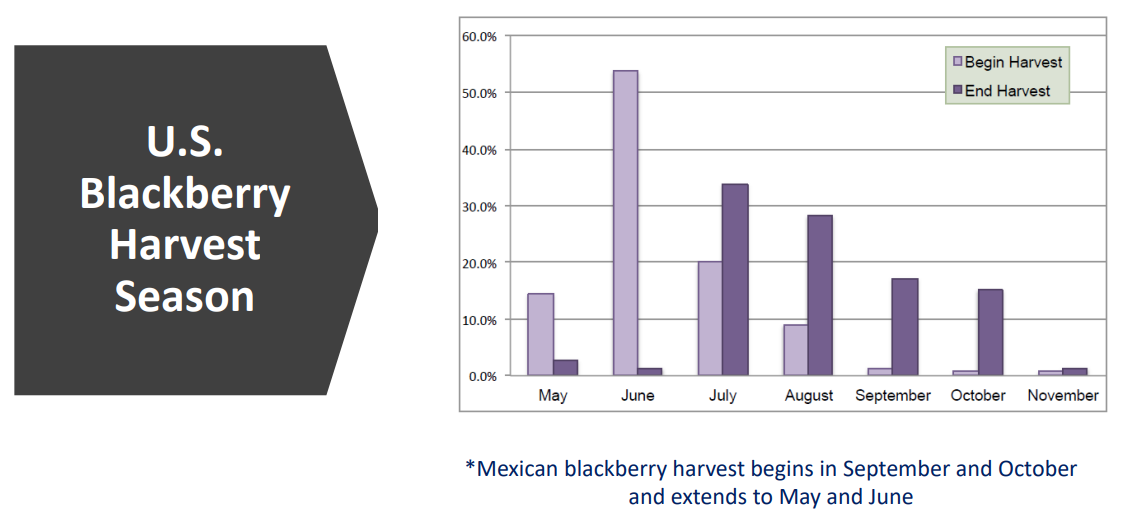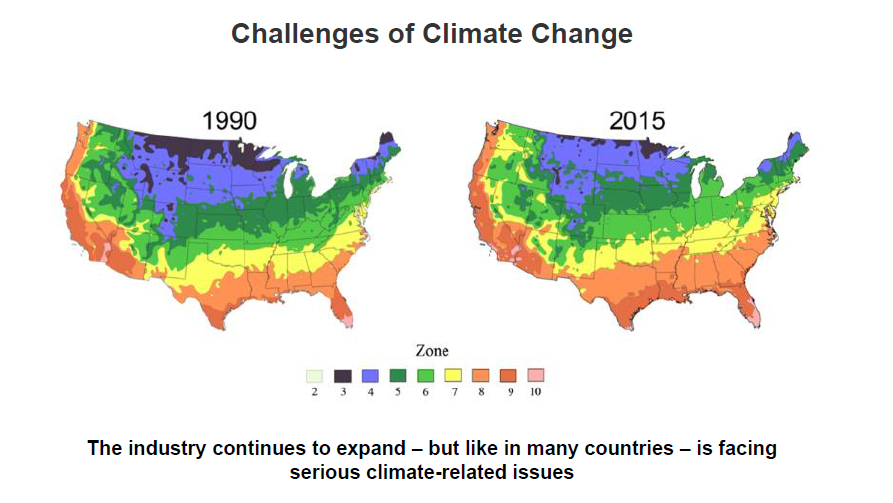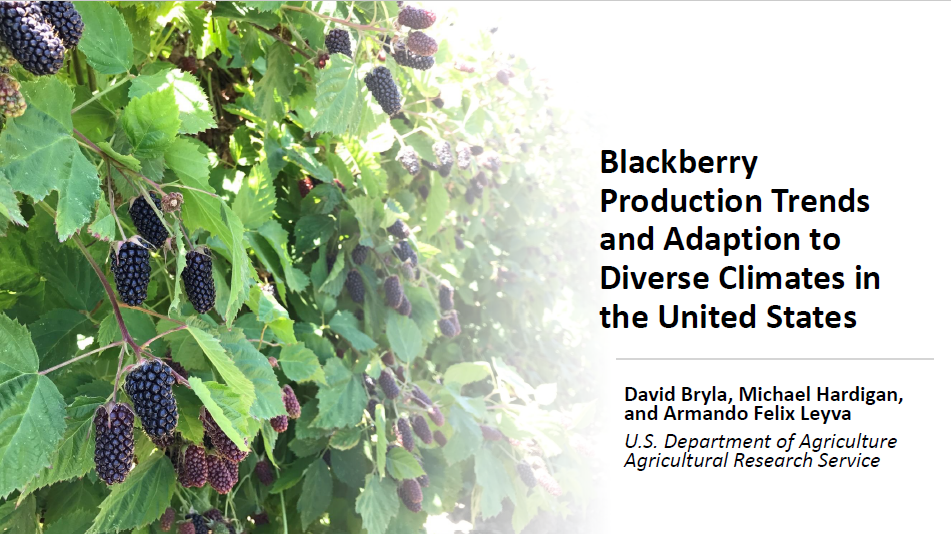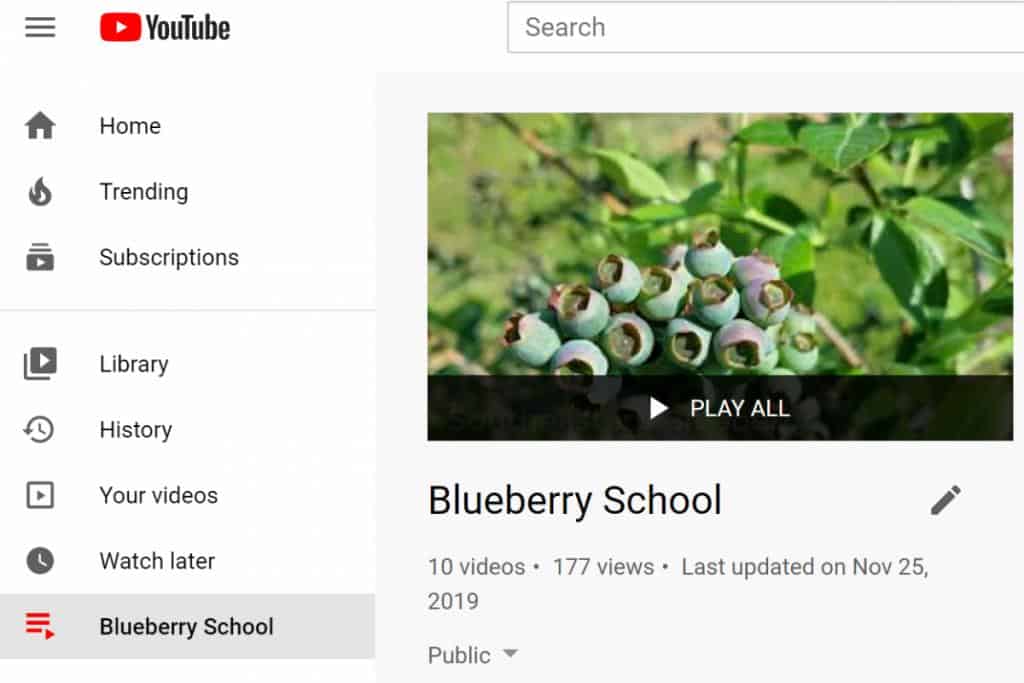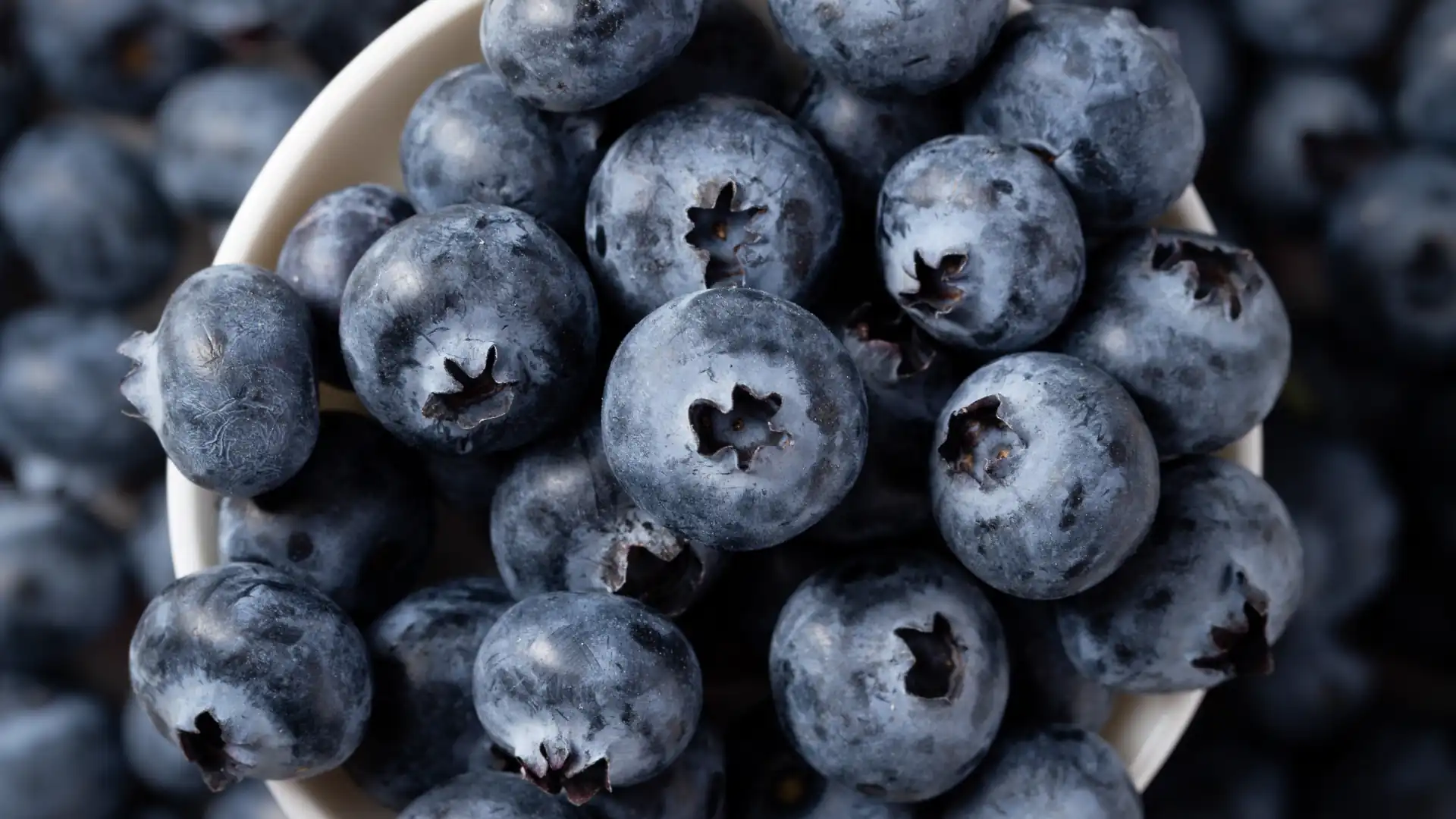According to a presentation delivered by David Bryla, (USDA) during the PRIMESOFT_Horizon Europe workshop (upon his permission) on facts and figures linked to blackberry production in the US, blackberries are a key component of the U.S. soft fruit market, ranking as the fourth most economically significant. The fruit’s retail sales exceed $600 million annually, showcasing its importance in both domestic consumption and international trade. Despite this, the blackberry industry in the U.S. faces unique challenges, including climate adaptation, pest management, and competition from imports.
Production and Market Dynamics
The U.S. is the world's largest importer of blackberries, bringing in 59,000 metric tons of fresh and 11,000 metric tons of frozen blackberries annually. A striking 75% of the blackberries sold in U.S. markets are imported from Central Mexico, whose harvest season extends from September to June. Domestically, Oregon stands out, producing over 95% of the processed blackberries in the country.
However, domestic production remains fragmented, with harvesting concentrated in specific western and southern regions. This reliance on certain areas has made the industry particularly vulnerable to regional challenges such as climate shifts and labor shortages.
Key Challenges in the U.S. Blackberry Industry
1. Pest and Disease Management
Pests and diseases are significant obstacles. The spotted wing drosophila is the most pressing concern nationwide, followed by anthracnose, botrytis, and stinkbugs in different regions. These issues not only affect yields but also increase the costs of pest control, further challenging profitability.
2. Labor and Cost Pressures
Labor availability and costs are top concerns across the board. The seasonal nature of blackberry farming exacerbates these issues, as growers compete for a limited labor pool during peak times. Moreover, competition from lower-cost imports, particularly from Mexico, adds pressure to maintain competitive pricing.
3. Postharvest and Quality Control
Maintaining quality postharvest is another critical issue. Leaky or overly soft fruit, botrytis, and contamination with foreign materials are common concerns. As one industry representative aptly stated, “We do not have a demand problem; we have a problem with product quality.”
4. Climate Resilience
The industry is grappling with climate-related issues, including increased heat stress and water scarcity. Recent studies revealed that producing just one blackberry requires up to 2 liters of water. As droughts and heat waves become more common, growers must adopt water-saving and heat-mitigation strategies to sustain production.
Opportunities for Growth and Sustainability
The U.S. blackberry industry is actively seeking innovative solutions to these challenges. Research priorities include:
- Developing pest- and disease-resistant cultivars.
- Breeding for improved flavor, firmness, and heat tolerance.
- Advancing irrigation models to optimize water use.
- Exploring climate-resilient cultivation practices.
Collaborative efforts, such as screening blackberry germplasm in high-temperature environments, aim to equip growers with tools to adapt to climate change. Furthermore, exploring organic production and sustainable weed management can open up new market segments, catering to environmentally conscious consumers.
Conclusion
The U.S. blackberry industry holds tremendous potential, but its future depends on addressing pressing challenges through innovation and adaptation. By focusing on quality improvements, climate resilience, and sustainability, American growers can strengthen their position in the global market, ensuring that this small but mighty berry continues to thrive.
Read more and download
Read the full presentation online and download it here: Blackberry Production Trends and Adaption to Diverse Climates in the United States David Bryla, Michael Hardigan, and Armando Felix Leyva U.S. Department of Agriculture Agricultural Research Service
Image by Svetlana from Pixabay







